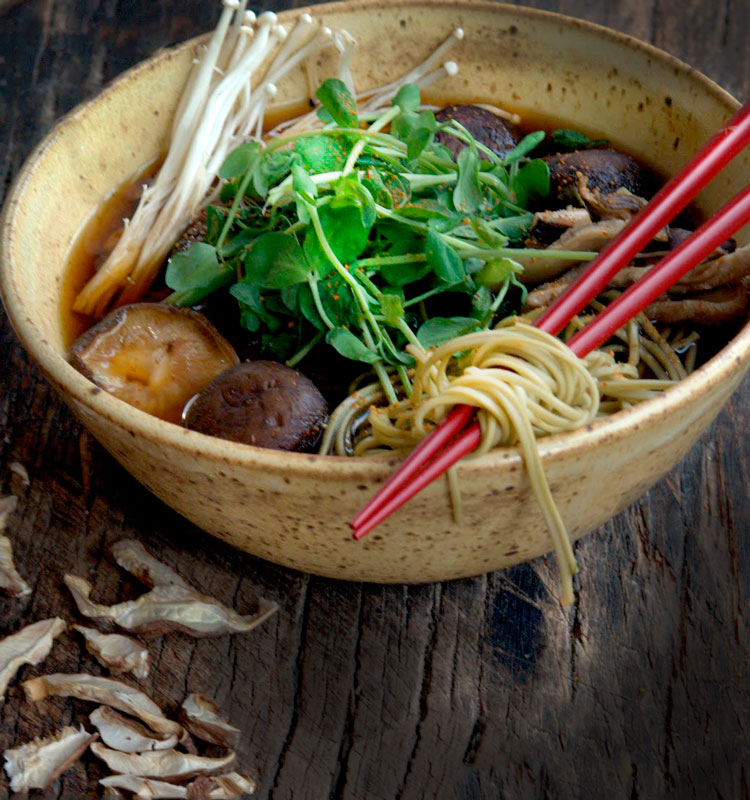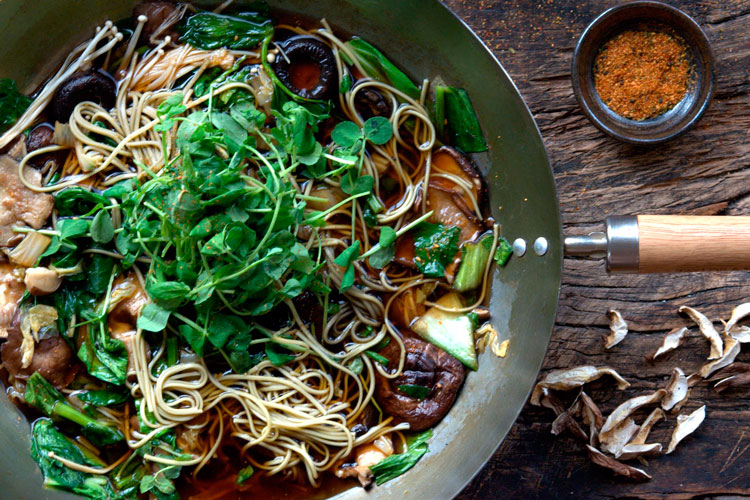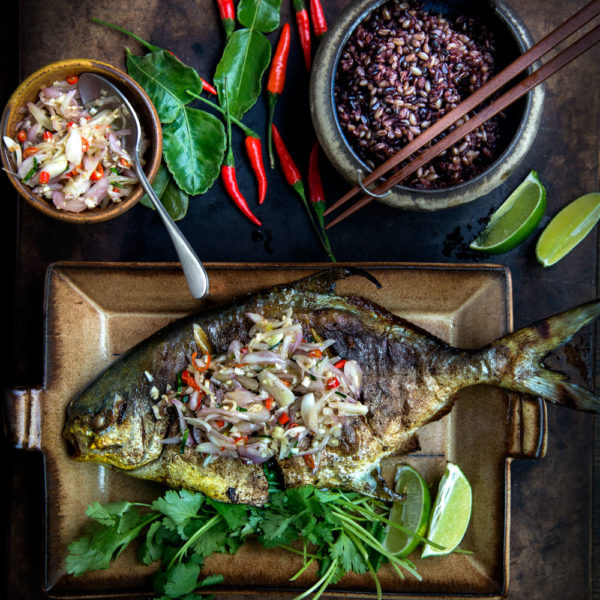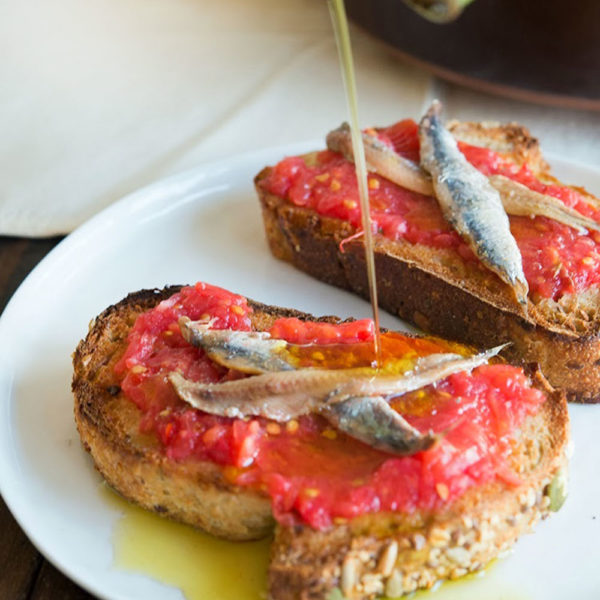
Always on the lookout for cool props.
I came across this great piece of Japanese drift wood in the clearance section of an antique shop in Old Town, Alexandria, VA, this past weekend. Just sitting there on the floor, unassuming, camouflaged among the flashier items. According to the sales staff, someone else had been admiring it (but decided to think it over); they wanted to turn it into a chandelier (??) of all things (wouldn’t want that to fall on my head). Nonetheless, after one glance, I instantly knew it was coming home with me. A perfect canvas for photography, not to mention a nice-sized discount (after a little haggling).
The bowl, another great find, from a local artist, discovered at the Torpedo Factory Art Center. I love unique items like this, especially in today’s world of mass-produced goods. I also came across a couple solid French copper saucepans that I keep thinking about. Might have to go back for one at some point (if they don’t get snatched up before then). All in all, a good days work.
Every time I ask Patrick what we should have for dinner, he replies mushroom hot pot. After about a dozen times asking and getting the same response, mushroom hot pot (or salmon, his other favorite food), I decided to give the hot pot a whirl. This dish is quite easy and fast to prepare, especially if you prepare the (ichiban) dashi–the basic soup stock of Japanese cooking–ahead of time, which is preferable, as it gives the stock time to develop flavor. Dashi is made from 2 basic ingredients: 1) kombu and 2) bonito flakes. Nowadays, you can find these 2 ingredients at most Asian markets or health food stores.
Bonito flakes–a type of mackerel, steamed and then dried to a wood-like hardness, then shaved into flakes. Adds a nice smokiness to the broth.
Kombu–grayish-black seaweed, sun-dried and then folded into sheets; rich in trace minerals; and adds tons of umami flavor to the broth.
Now that we got the dashi basics out of the way, the rest of the soup is quite easy to prepare. Just use a combination of whatever mushrooms (fresh or dried) and greens you can readily find. For this version, I used a combination of cremini, fresh and dried shiitake, and enoki mushrooms, and a mixture of pea shoots and baby bok choy. You can also use spinach, swiss chard, arugula, watercress…mix it up. I decided to roast the mushrooms in the oven, which is not very traditional; but I like the taste and texture of roasted mushrooms. If you don’t want to take this extra step, just toss the mushrooms in the hot pot with the other ingredients. Lastly, top with Shichimi Togarashi, Japanese seven spice mix of orange peel, black, white and toasted sesame seeds, cayenne, ginger, Szechuan pepper and nori, for an extra punch.
Within in minutes, you can have a quick, tasty, umami-filled meal, which takes literally minutes to make (10-15 minutes, tops).


Mushroom Hot Pot
Adapted from Japanese Hot Pots: Comforting One Pot Meals by Tadashi Ono and Harris Salat
1 pound fresh mushrooms (such as shiitakes, criminis or combination), cleaned, de-stemmed, whole
1 1/2 tablespoons olive oil
salt and pepper to taste
4 cups plus 2 tablespoons dashi (recipe follows)
1 cup saki
1/2 cup tamari
1/3 cup mirin
1/2 ounce dried shiitakes
1/2 pound Nappa cabbage, sliced
1/2 pound firm tofu (optional), cut into cubes
3 1/2 ounces enoki mushrooms
1/2 pound greens, such as spinach, pea shoots, baby bok choy
3 1/2 ounces cooked soba noodles (used green tea soba noodles) (optional)
Shichimi Togarashi
Note: I found the original recipe a hint too sweet, so I reduced the mirin (from 1/2 cup to 1/3 cup) and increased the dashi.
Preheat the oven to 400 degrees. Toss the mushrooms in oil to lightly coat. Season with salt and pepper. Roast 10 minutes, flip and roast an additional 10 minutes. Set aside.
Note: you can skip this first step of roasting the mushrooms. Instead, just add the mushrooms to the hot pot as described below, but simmer a few minutes longer.
Rehydrate the dried shiitakes in boiling water for 5-6 minutes. Drain and set aside.
Prepare the broth by combining the dash, saki, tamari, and mirin in a large bowl. Add the cabbage and tofu to a wok or large soup pot. Pour in the broth, cover, and bring to a boil over high heat. Reduce the heat and simmer for 5 minutes. Add the (roasted) mushrooms, enoki mushrooms, rehydrated shiitakes, greens, and soba noodles and simmer 1-2 minutes. Serve hot. Sprinkle with togarashi.
Dashi
2 (6-inch) pieces kombu
1 1/2 ounces dried, shaved bonito (~3 cups packed)
Add 8 cups water with kombu over medium heat and bring to a boil. Remove the kombu. Add the bonito and stir it once to mix. As soon as the liquid boils, lower the heat and simmer 5 minutes.
Turn off the heat and steep 15 minutes. Strain the bonito flakes. Can be made up to 3 days ahead. Cover and refrigerate.








3 comments
Amy
Your photos are amazingly beautiful!
Wild Greens and Sardines
Thanks Amy!
Wild Greens and Sardines
Thanks Amy!